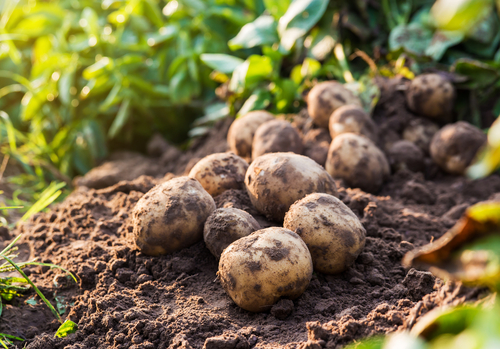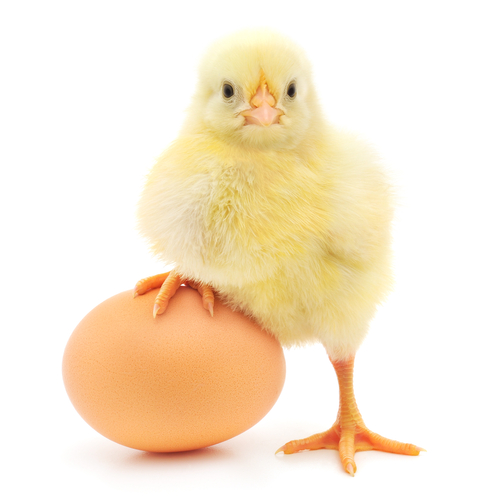Food prices are expected to rise going into 2022, and one major contributing factor is the rising price of fertilizer. The American Farm Bureau Federation stated that all nutrients had risen dramatically in cost over the last year: ammonia has increased over 210%; liquid nitrogen has increased over 159%; urea is up 155%; MAP has increased 125%; DAP is up over 100%, and potash has risen above 134%. This does not include the growing cost of transportation.
Due to growing global demand, the US exports 44% of all fertilizer materials made domestically. Six specific crops generate two-thirds of fertilizer demand: corn (16%), wheat (15%), rice (14%), vegetables (9%), fruits (7%), and soybeans (5%). In the US, corn requires 49% of all fertilizer, with wheat accounting for 11% and soybeans 10%.
The American Farm Bureau Federation expects demand and prices to remain high into the spring season. As a result, farmers are increasingly shifting to crops that require less fertilization. The prices for these nutrients are so high that many farmers will be lucky to break even on costs. As always, these costs will be passed on to the consumer. Expect foods, especially those requiring a higher level of fertilization, to go up in the new year.










